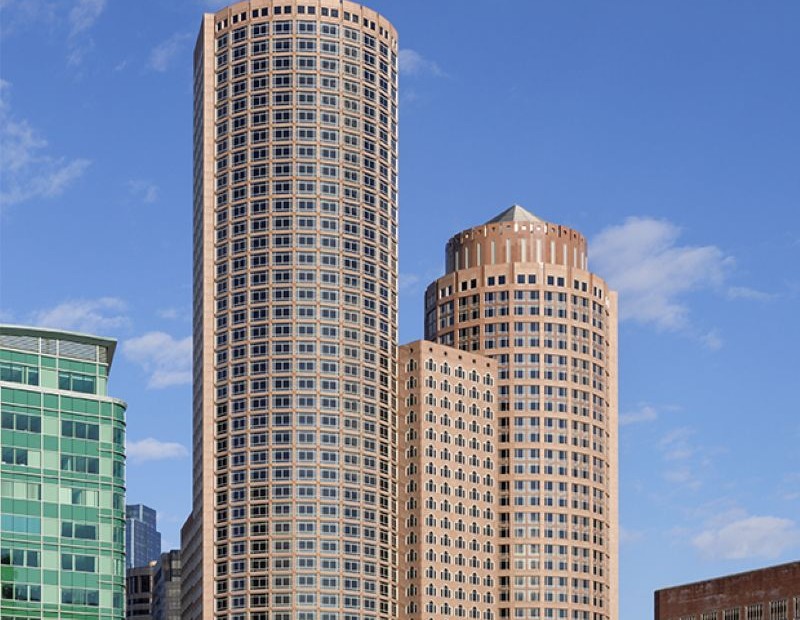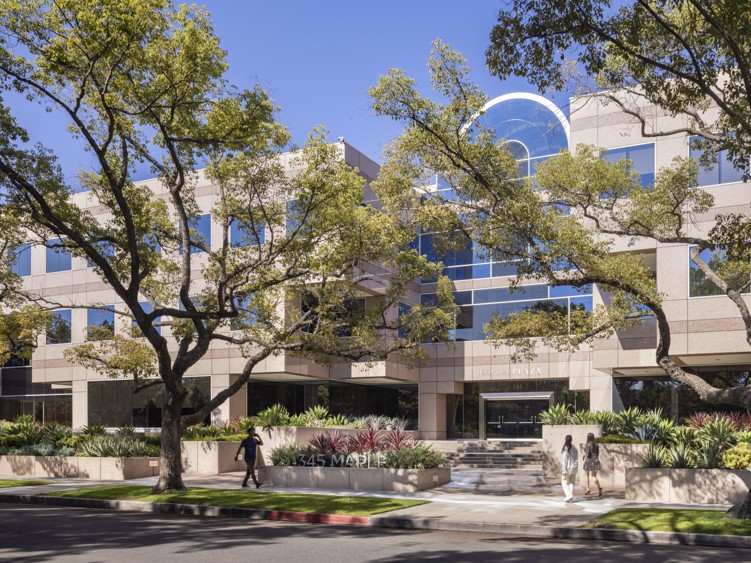Cold Storage Is Hot and Getting Hotter
Steve Chick of Greek Design|Build on the challenges of satisfying the growing demand.

Major changes in how Americans eat, shop and fight disease have prompted a growing long-term need for cold storage capacity. Meeting demand for this technologically advanced industry is highly complex, whether building new space, expanding existing facilities or retrofitting dry warehouses. However, the rewards can be significant for developers seeking to position themselves to accommodate future long-term tenants.
American consumer behavior has undergone significant changes in the past five years. We cook at home more frequently, receive more meal kit deliveries and utilize online food delivery services more often. Meanwhile, ghost kitchens and restaurants specializing in fresh-made ingredients have thrived. These consumer shifts have positioned cold storage as one of the most promising subsectors in industrial real estate.
LIKE THIS CONTENT? Subscribe to the CPE Capital Markets Newsletter
USDA Economic Research Service data shows that nearly 20 percent of consumers now purchase groceries online compared to an estimated 5 percent in 2019. In the coming years, grocers will require more cold storage to expand and expedite home deliveries, accommodate additional freezer aisles and meet growing consumer demand for specialty items and popular pre-made meals.
Regardless of economic conditions, the population needs to eat and frozen goods typically account for approximately one-third of the food purchased in a grocery store by dollar value. Restaurant ingredients, ranging from fast-food meals to expensive seafood dinners, also need to be stored in cold storage facilities as the products move through the supply chain. As the population continues to grow, a larger percentage of products will need to be stored in temperature-controlled conditions. For this reason, cold storage facilities have a deep and stable market, helping the subsector to weather any storms.
And it’s not just food—biological pharmaceuticals are growing into a sizable share of the cold storage sector. New vaccines, the increased international trade of medicines and medical treatment innovations like the popular refrigerated diet drugs Wegovy, Ozempic and Mounjaro have also contributed to the demand for cold storage, thereby increasing the pharmaceutical industry’s need for cold-chain facilities.
Roughly half of all medicines expected to be launched in the next five years—including auto-immune drugs, a category that has experienced increased demand following COVID-19—could require cold storage during distribution, according to IQVIA, a research institute. It’s important to note that pharmaceutical-grade facilities are subject to a distinct set of regulatory requirements before the FDA can authorize them for storage and distribution.
Cold storage and the supply chain
At the same time, aging cold storage infrastructure has strained supply chains, especially in the Northeast, where inefficient layouts and outdated systems are creating unnecessary costs. This has prompted many developers to explore investments in faster, more resilient “cold chains” for storing and transporting temperature-sensitive goods.
In Mount Laurel, N.J., RLCold and BGO recently broke ground on a cold storage facility, with Greek Design|Build as the general contractor. The Mount Laurel facility, which stands at the forefront of speculative cold storage design, features a dedicated USDA inspection area, 27 dock positions outfitted with a sanitary dock pit, vertical dock levelers, vehicle truck restraints and a 5,000-square-foot storage mezzanine. New dock technology enables carriers to open trailer doors directly inside the facility, leaving the temperature of the product unchanged. In addition, the refrigeration system utilizes carbon dioxide, a carbon-neutral refrigerant, instead of freon and other environmentally damaging gases commonly found in many older facilities.
Developing state-of-the-art cold storage space is a highly specialized endeavor that requires significant planning to mitigate risks. Cold storage facilities also require highly customized designs and specialized systems to meet local, USDA and FDA requirements, including fire suppression, refrigeration, sub-slab heating and equipment to handle increased electrical demand and automation. Specialty equipment is required to meet infrastructure standards for review and approval by the USDA.
Additionally, a detailed understanding of thermodynamics is required to comprehend its impact on the construction of a facility. The dynamics of heat and cold can have a detrimental impact on a facility over the long term if not well designed.
The cold storage market also varies considerably based on local demand, which can have significant effects on the final design, even for speculative construction. For example, the Southeast traditionally has a high demand for incoming fresh proteins that would benefit from additional capacity for refrigeration systems with blast-freezing capabilities.
The inclusion of renewable energy sources, such as solar panel systems, is another consideration, given that cold storage properties consume a considerable amount of energy. This is important, especially at a time of increasing energy costs. Energy use is even greater for older facilities due to outdated and inefficient equipment, as well as non-LED lighting. Controls for refrigeration have improved significantly over the last decade and are now able to adjust and modulate within a very tight tolerance, making them more cost-effective.
Aging infrastructure and new solutions
According to JLL, nearly 80 percent of America’s cold storage facilities are over 25 years old, creating a strong need for cold storage expansions or retrofits. Although public data specific to the Northeast is limited, estimates suggest that nearly 50% of cold storage facilities in the region are at least 40 years old. While certain situations necessitate improving these aging buildings, numerous challenges can be anticipated. The facilities must be improved to meet current building codes. The existing electrical infrastructure must be updated, outdated wall and roof insulation must be replaced and low ceiling heights must be modified to accommodate current tenants’ needs. At the end of the day, new facilities will have much greater efficiency than a retrofit.
Another option often discussed is a dry-to-cold conversion, typically referred to as a “box-in-a-box.”
When converting a dry storage space to a cold storage space, the tenant and landlord must weigh the options for retrofitting the space to ensure the long-term sustainability of the asset. In some scenarios, the ideal solution could involve modifications to the roof and slab cuts to enable the installation of sub-slab heating with insulation. This eliminates the need to construct a multilayer floor system on top of the existing slab, thereby maximizing the available clear height and preventing the need for access ramps.
However, these kinds of changes may become unrealistic based on landlord requirements, storage temperatures or existing construction restrictions. Creating a thermal barrier using a box-in-a-box approach is a viable option. However, it further reduces the clear height within the facility. Even so, there is a strong demand in the cold storage market for smaller-space users, especially when facilities can accommodate both cold and dry areas within the same building.
For all the complexities of building, expanding and retrofitting cold storage facilities, the rewards are often substantial. In 2021, media reported that cold storage facilities sold for 40 percent higher per square foot than the national average for commercial real estate. Properly developing and locating cold storage near major transportation arteries, population centers and adequate power and water supplies can position owners for powerful returns well into the future.
Steve Chick is the director of pre-construction of Greek Design|Build.







You must be logged in to post a comment.